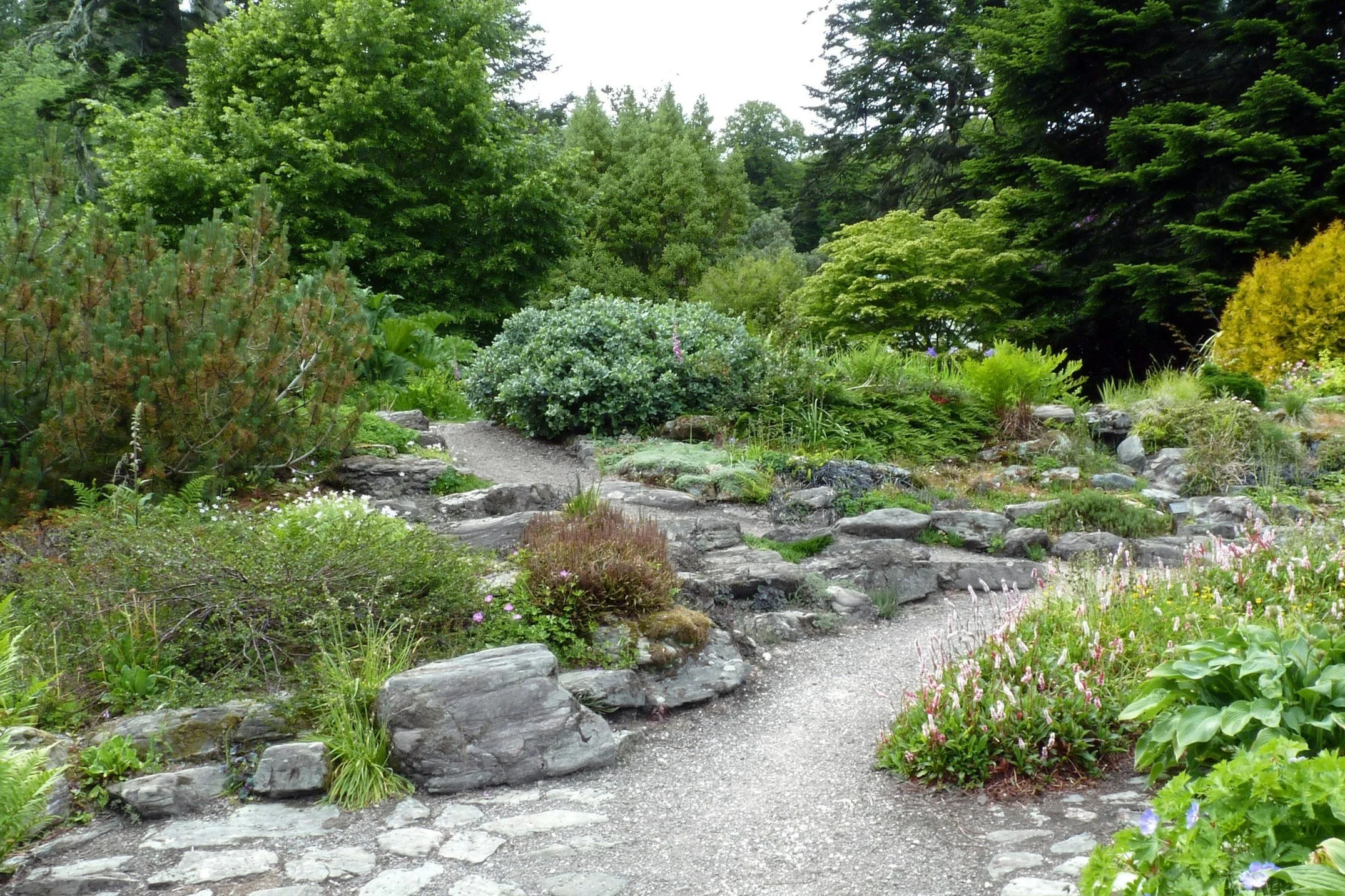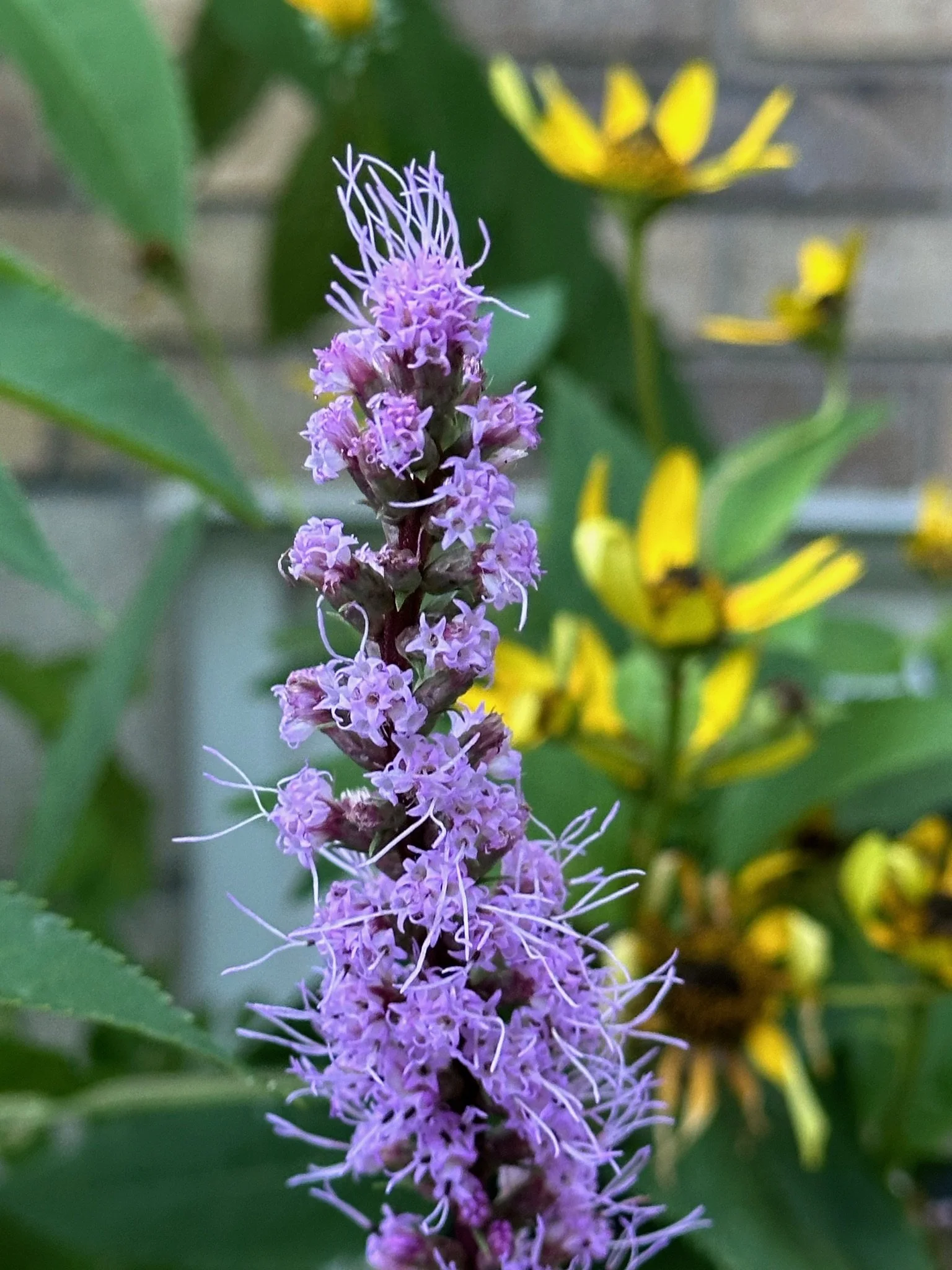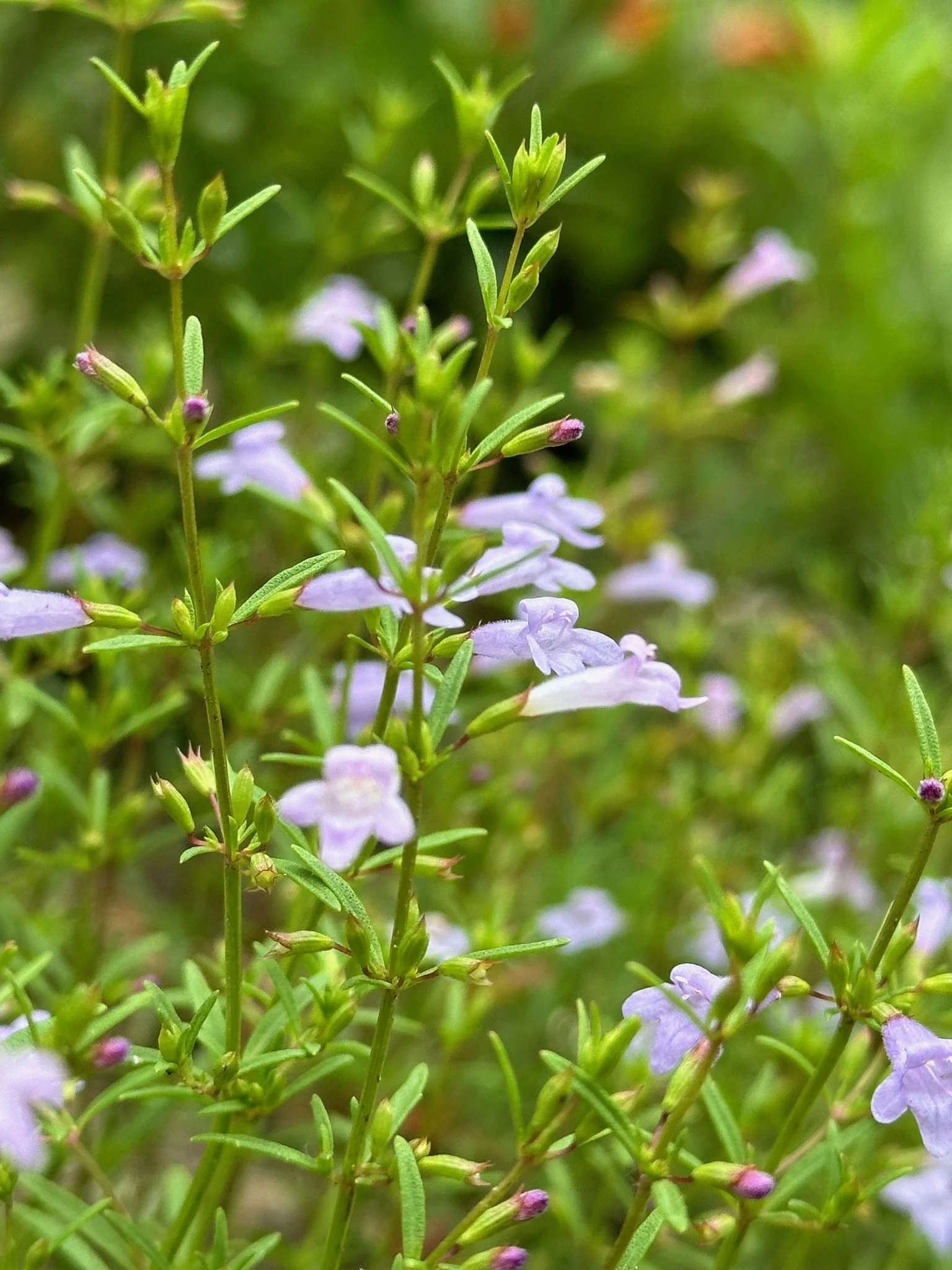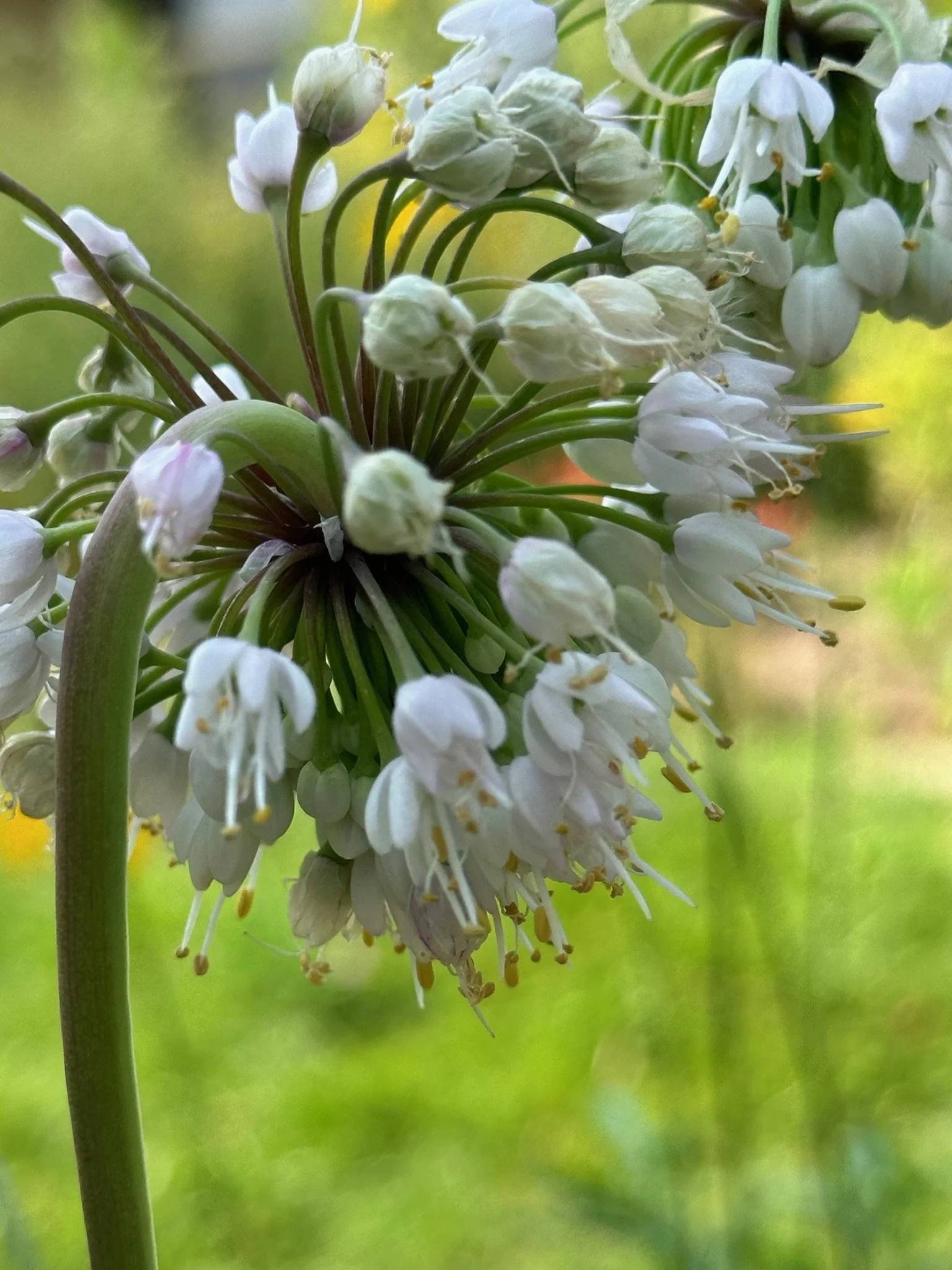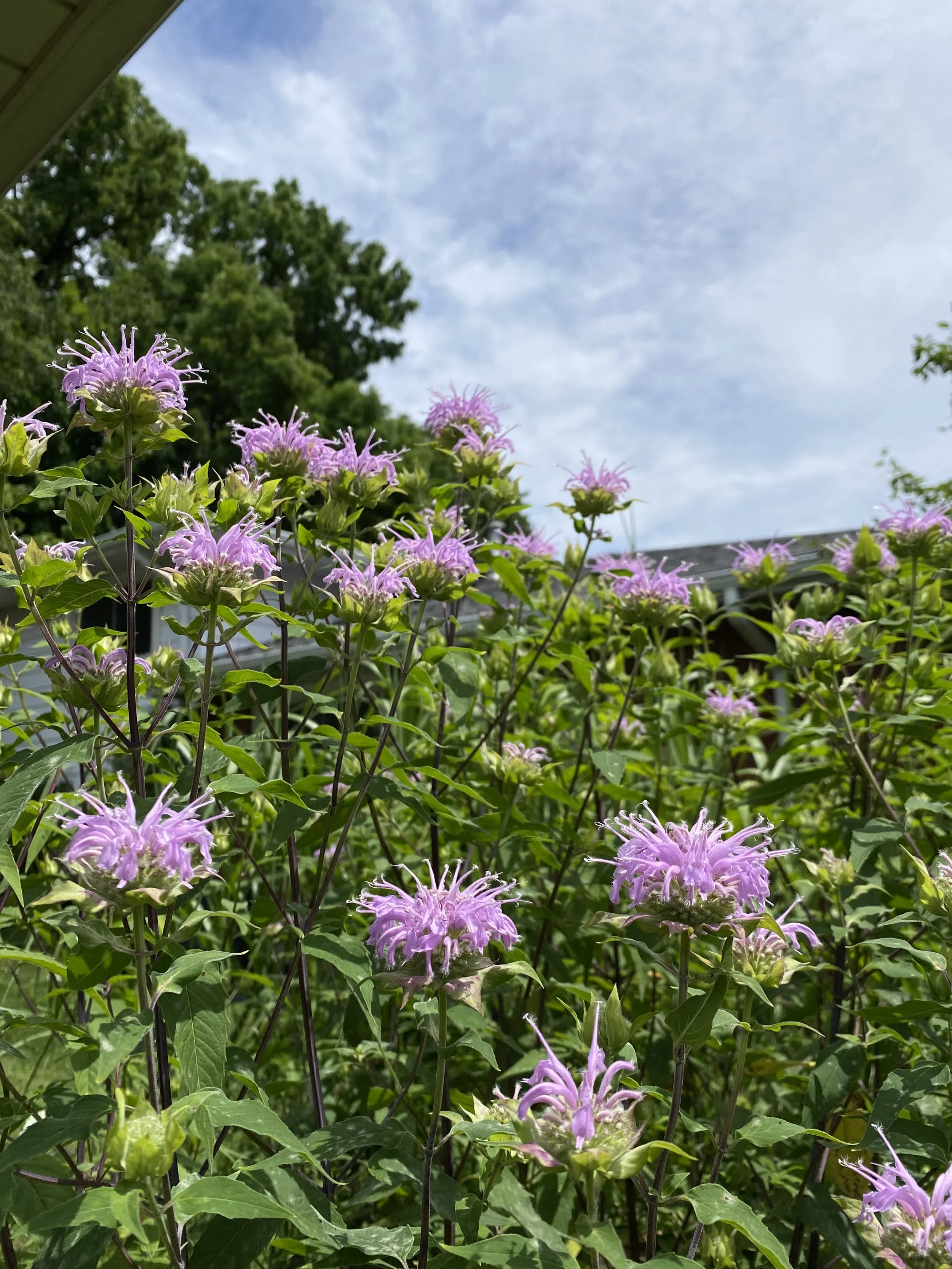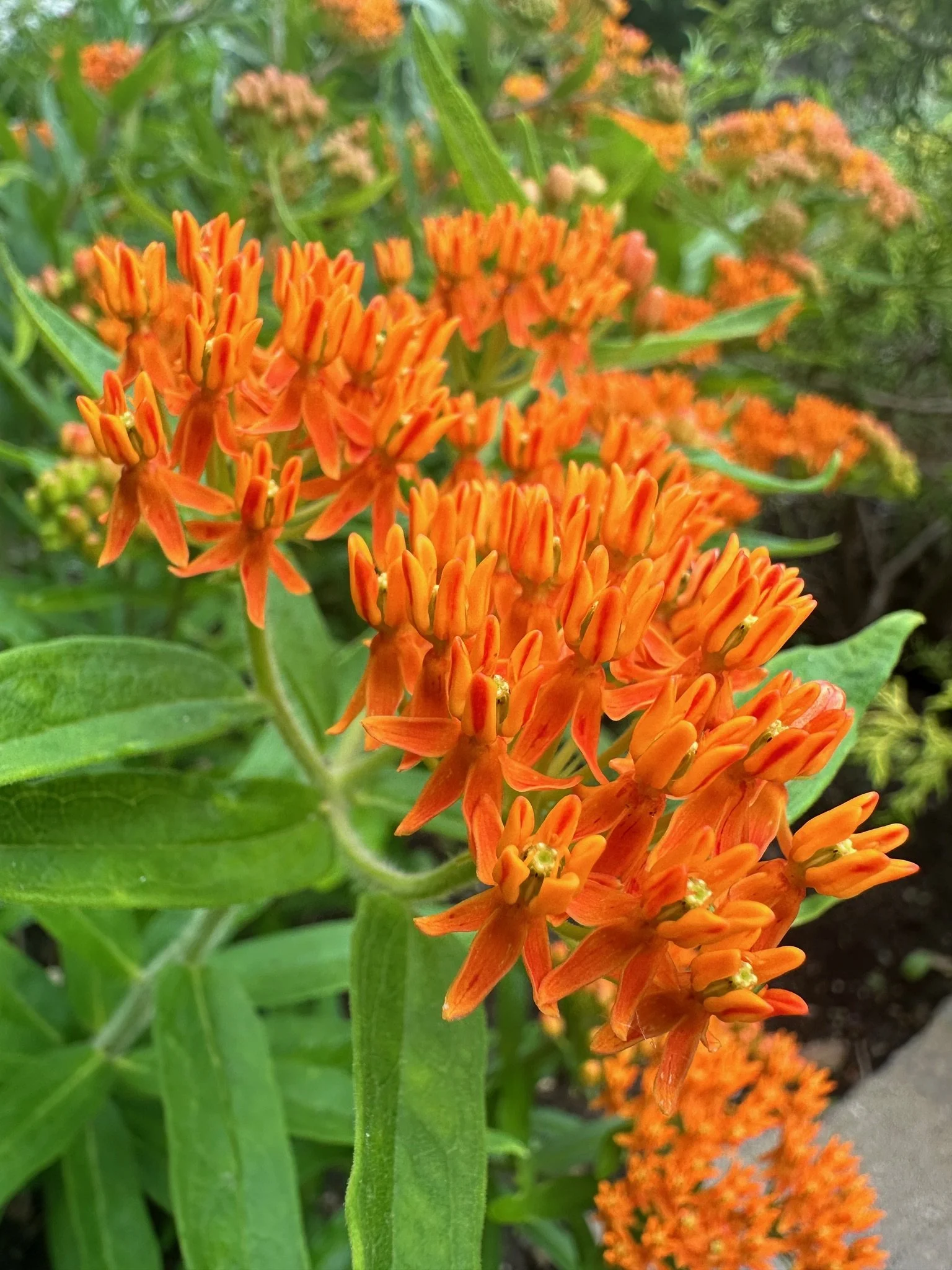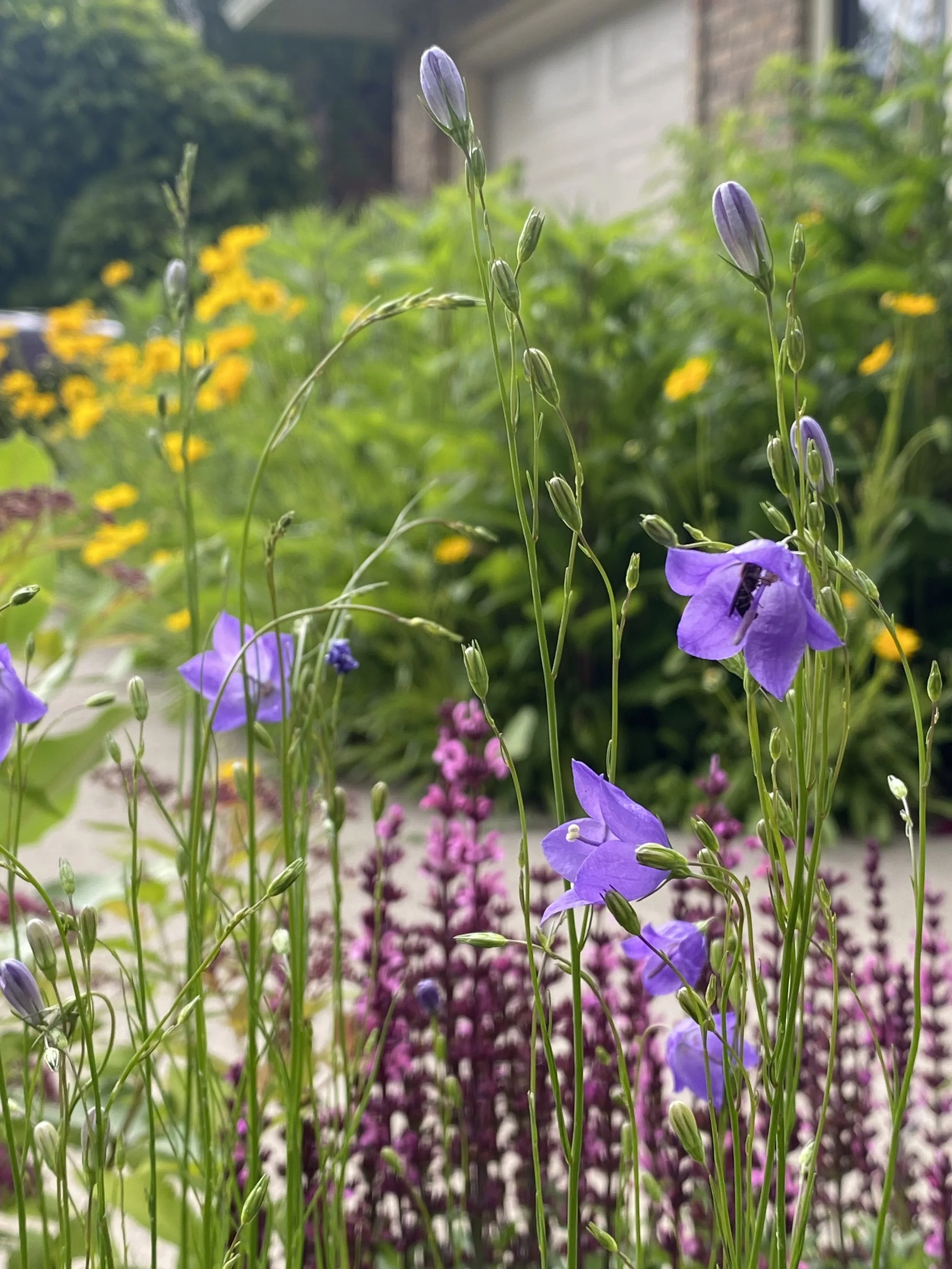Rock Garden
A rock garden is a type of garden or landscape that combines rocks and stones with plants. Rock gardens mimic a rough terrain, similar to desert landscape. These gardens are prized for their low-maintenance appeal and striking visual impact. They are particularly well-suited to areas with poor soil and can significantly reduce water usage. Rock gardens also offer structural support for sloped land, helping to stabilize the soil and prevent erosion.
In Ontario, a unique ecosystem known as an Alvar provides inspiration for rock garden enthusiasts. Alvar’s are rare landscapes characterized by flat, exposed limestone with minimal soil. Despite their challenging conditions, they sustain a diverse range of specialized plants, insects, and animals. If you’re planning a rock garden in Southern Ontario, consider incorporating native plants from these harsh ecosystems as they will be well suited to thrive in a rock garden with shallow soil.
Key Features of a Native Rock Garden
Rock gardens bring unique elements to a landscape that are rarely found in other garden styles. Their durability makes them especially appealing. With endless design possibilities, rock gardens can range from minimalist simplicity to bold, maximalist arrangements, making them an incredibly versatile option for any outdoor space.
Here are some of the key features of a native rock garden:
Rocks and Stones: The most important aspect of the garden. What would a rock garden be without rocks? Use a variety of shapes and sizes to add visual interest. Rocks can also serve functional purposes, such as lining borders or creating pathways.
Well Draining Soil: Plants suited for rock gardens are typically low-maintenance and drought-tolerant, but they require appropriate soil to thrive. Improve drainage by mixing gravel or sand into the soil to meet specific plants needs.
Plants: The plant selection is slightly limited compared to traditional gardens, as it’s essential to choose species that can thrive in rocky, well-draining soil. Native plants are excellent candidates due to their adaptability and resilience. For Southern Ontario, there are plenty of native options designed for these conditions.
Design: Get creative! Rock gardens offer many design opportunities, from adding water features and pathways to incorporating decorative accents or terraced layouts if you have the space.
Rock Garden Plants
Here are some native plants that will flourish in a rock garden, thanks to their drought tolerance, ability to thrive in rocky soil, and love for sunny conditions:
American Harebell (Campanula rotundifolia)
Black Eyed Susan (Rudbeckia hirta)
Blue Eyed Grass (Sisyrinchium montanum)
Butterfly Weed (Asclepias tuberosa)
Calamint (Clinopodium arkansanum)
Canada Anemone (Anemone canadensis)
Common Evening Primrose (Oenothera biennis)
Creeping Juniper (Juniperus horizontalis)
Early Saxifrage (Micranthes virginiensis)
Fragrant Sumac (Rhus aromatica)
Hairy Beardtongue (Penstemon hirsutus)
Hoary Vervain (Verbena stricta)
Lanceleaf Coreopsis (Coreopsis lanceolata)
Little Bluestem (Schizachyrium scoparium)
New England Aster (Symphyotrichum novae-angliae)
Nodding Onion (Allium cernuum)
Pasque Flower (Anemone patens)
Prairie Coneflower (Ratibida columnifera)
Prairie Smoke (Geum triflorum)
Purple Prairie Clover (Dalea purpurea)
Rattlesnake Master (Eryngium yuccifolium)
Side Oats Grama (Bouteloua curtipendula)
Smooth Blue Aster (Symphyotrichum laeve)
Thimbleweed (Anemone virginiana)
Upland White Goldenrod (Solidago ptarmacoides)
Virginia Mountain Mint (Pycnanthemum virginianum)
Wild Bergamot (Monarda fistulosa)
Wild Columbine (Aquilegia canadensis)
Wild Petunia (Ruellia humilis)
Yellow Pimpernel (Taenidia integerrima)

